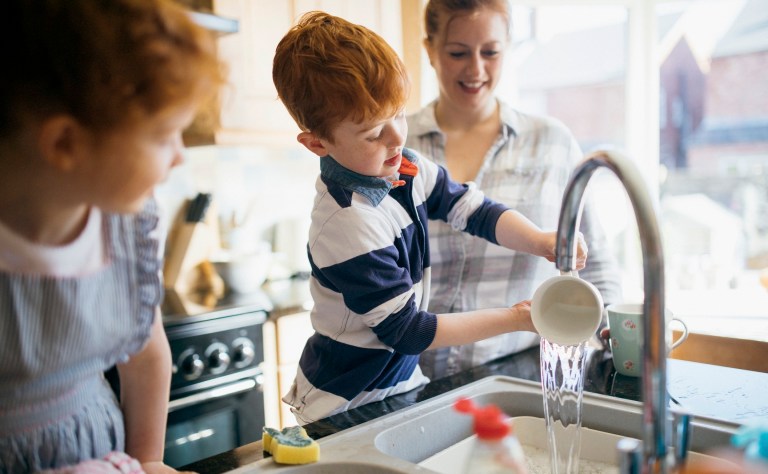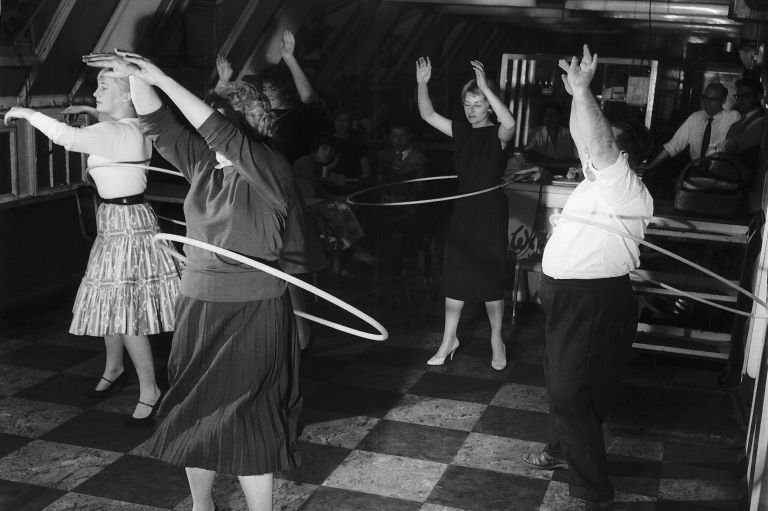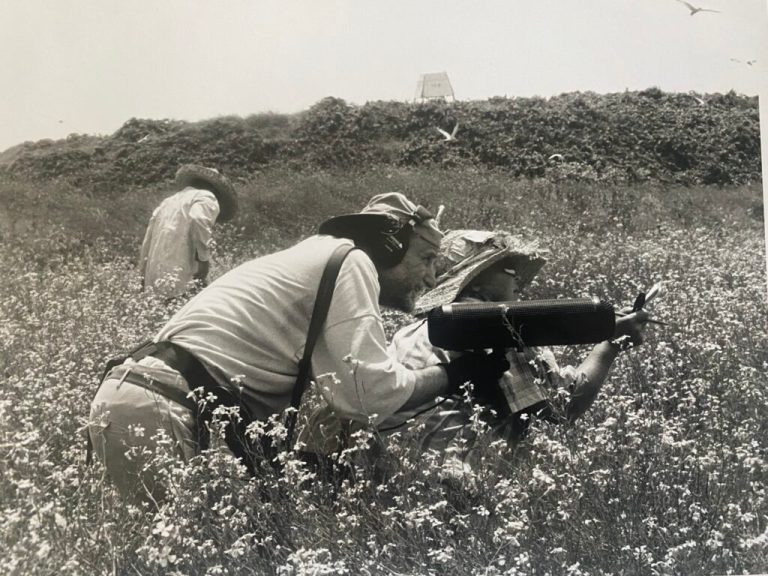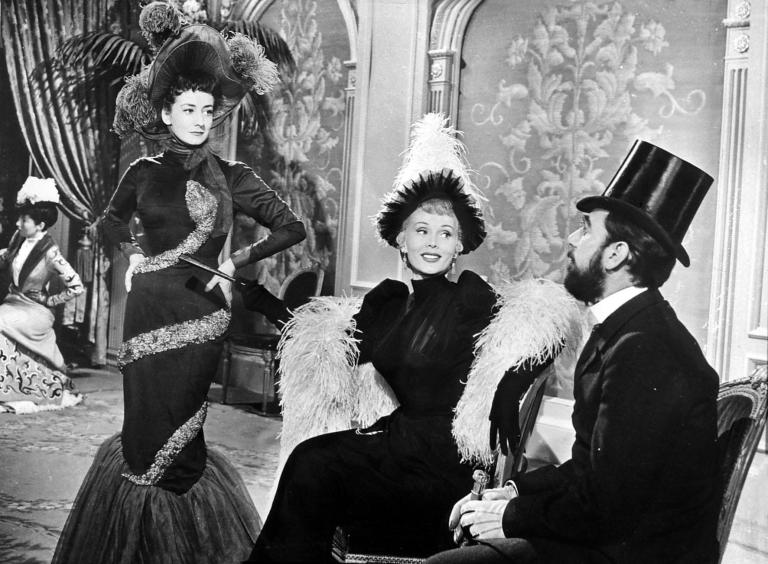In 1992, pastor and marriage counselor Gary Chapman published The 5 Love Languages, describing the five ways he’d most often observed couples expressing their love for each other: acts of service, words of affirmation, quality time, gifts, and physical touch.
The book became a bestseller, and the concept — of knowing your love language so you understand how to best connect with others — is still widely embraced over three decades later, by professionals and non-professionals alike. “When we know how we experience love and also understand the ways that our partner experiences love, it helps us create a meaningful, healthy, authentic connection,” Avigail Lev, a licensed clinical psychologist and certified mediator, told Forbes in January.
But it isn’t just romantic partners that benefit from the practice — understanding how anyone close to you, including friends and children, receives love can help cultivate deeper connection in the relationship.
Learn more about each love language below, and then take this quiz to find out yours.

Acts of Service
Picture this: It’s your turn to wash the dishes, but when you drag yourself into the kitchen after a long day, you see your partner is already drying them and putting them away. If that sort of surprise brings happiness to your heart, acts of service may be your primary love language.
“You’re giving up your time to actually do an act of kindness for somebody else,” marriage and family therapist Tiana Teague explained to Oprah Daily about acting out this love language. “I think that’s the most profound part about it.”
Words of Affirmation
One of the two most common love languages, words of affirmation is all about verbal or written expressions of appreciation and affection. Hearing things like “I love you,” “Thank you,” or “You look nice today,” means a lot to people who identify with this one.
More of an “actions speak louder than words” person yourself? Go here for 125 wonderful examples of how to engage in this love language for your loved one — including “I value your judgment,” “I’m so proud of you,” and “I love how you see the world.”
Quality Time
Quality time is all about togetherness. People who identify most with this love language deeply appreciate when those close to them present, both physically and mentally.
The emphasis is on quality, not quantity — even a 20-minute walk together or an uninterrupted conversation over dinner can mean a lot. Practicing eye contact and active listening are also great ways to make the most of your time together. Go here for more tips.
Gifts
Perhaps the most misunderstood love language, this one really does follow the old saying “it’s the thought that counts.”
“If you or your partner’s love language is gifts, that means you feel loved [or that you’re demonstrating love] with a tangible item,” Mark Williams, a licensed mental health counselor and relationship coach, explained to Verywell Mind. “Whether that item is a tiny trinket from a thrift store or a 50-foot sailboat is inconsequential. Either convey the same message: ‘I was thinking about you when I saw this. You’re always on my mind.’”
Physical Touch
Hugs, forehead kisses, and shoulder squeezes are all examples of how people whose love language is physical touch might give or receive love.
“People who have touch as their primary love language need physical contact (touch) to feel loved,” Carolina Pataky, a licensed marriage and family therapist, told Women’s Health, adding that simply holding hands in public is one way to engage in this love language for your partner.
Darcy Sterling, a licensed clinical social worker and the creator of an online course about love and relationships, elaborated: “It can also be useful to touch them during stories and social interactions to show that you’re tuned into them.”











